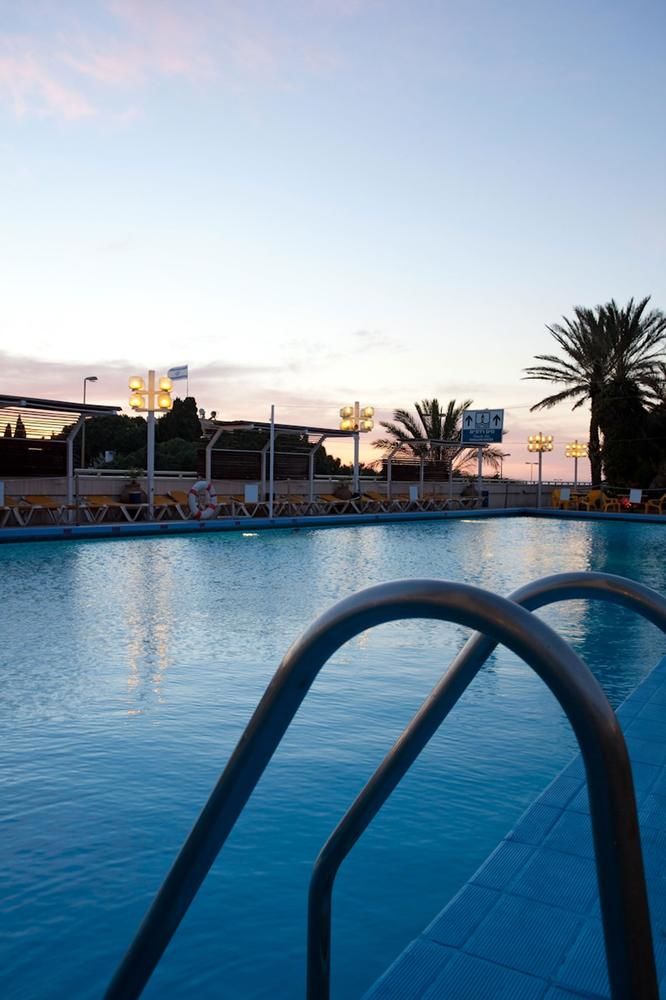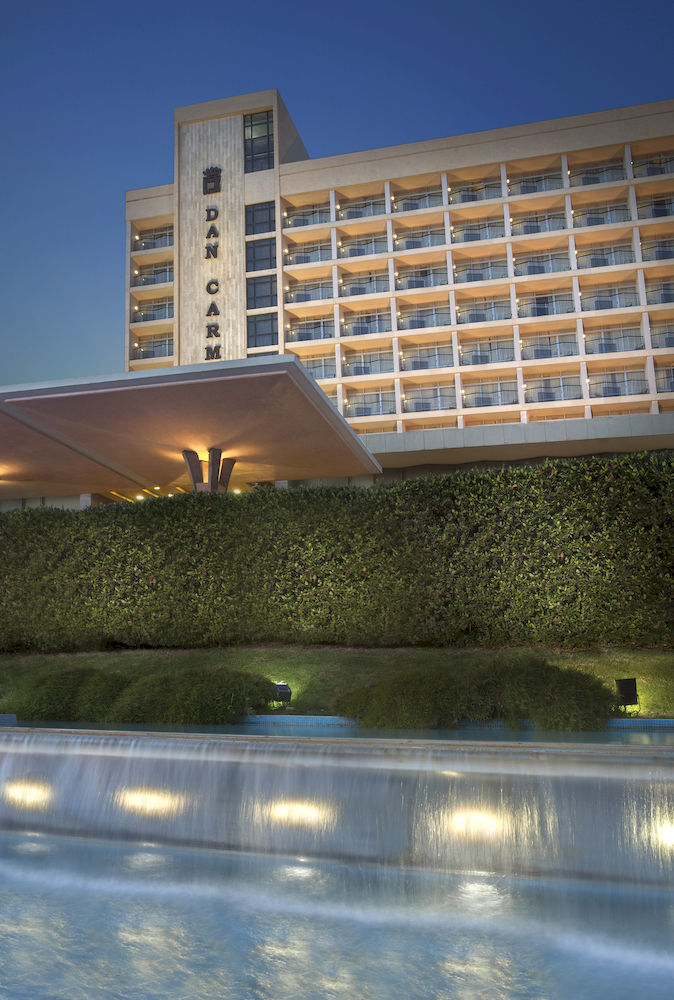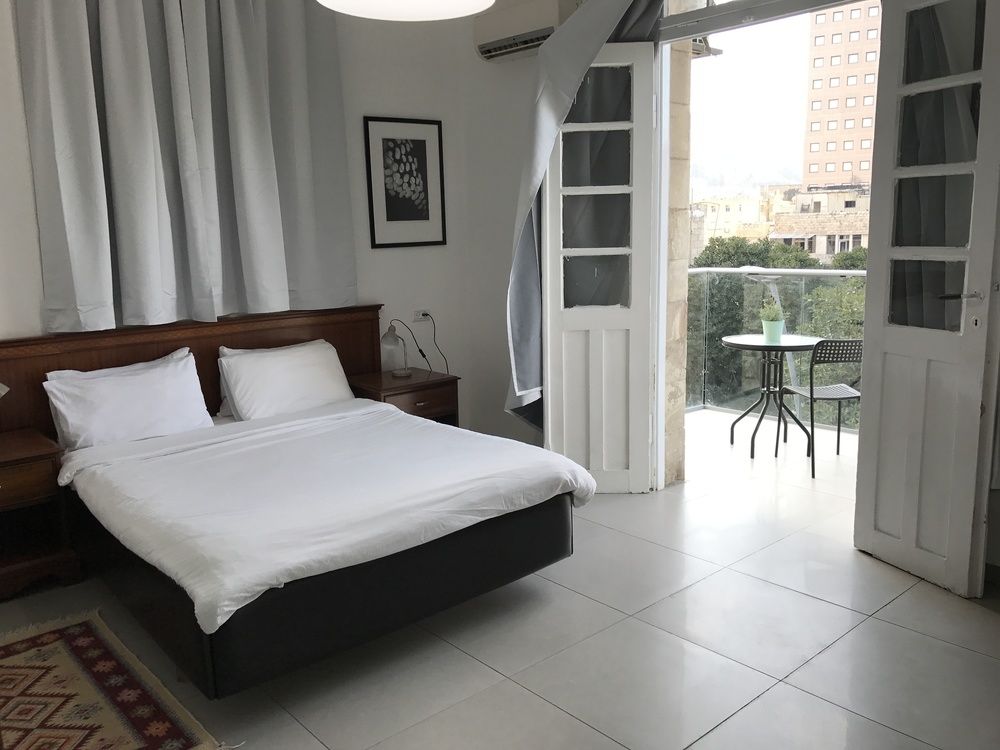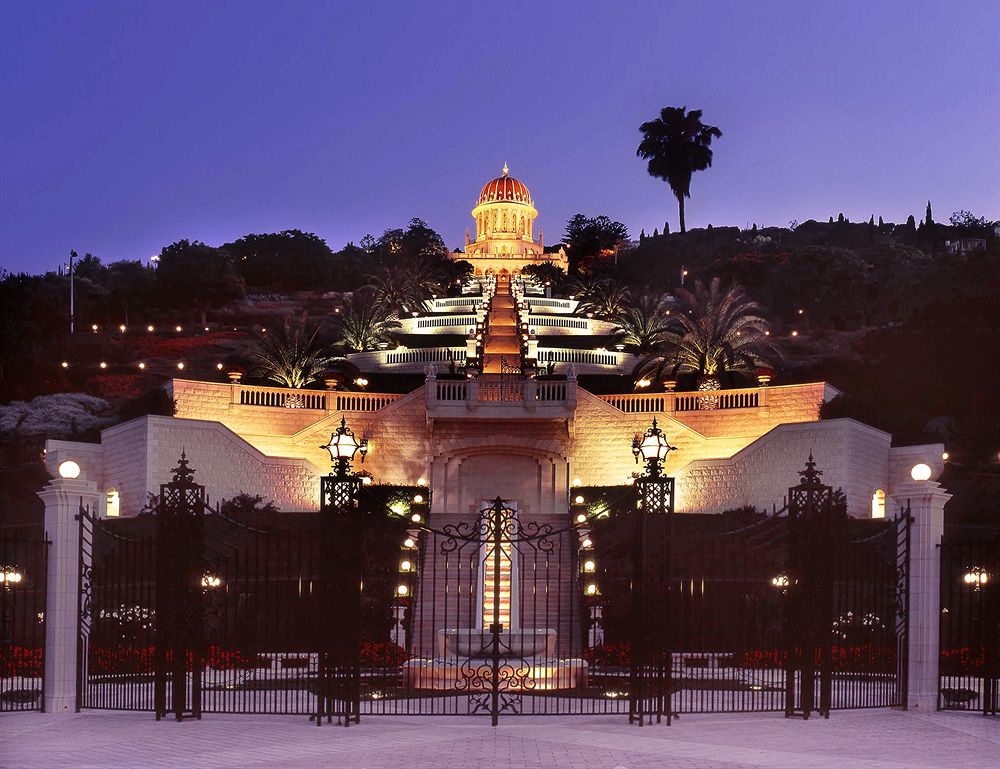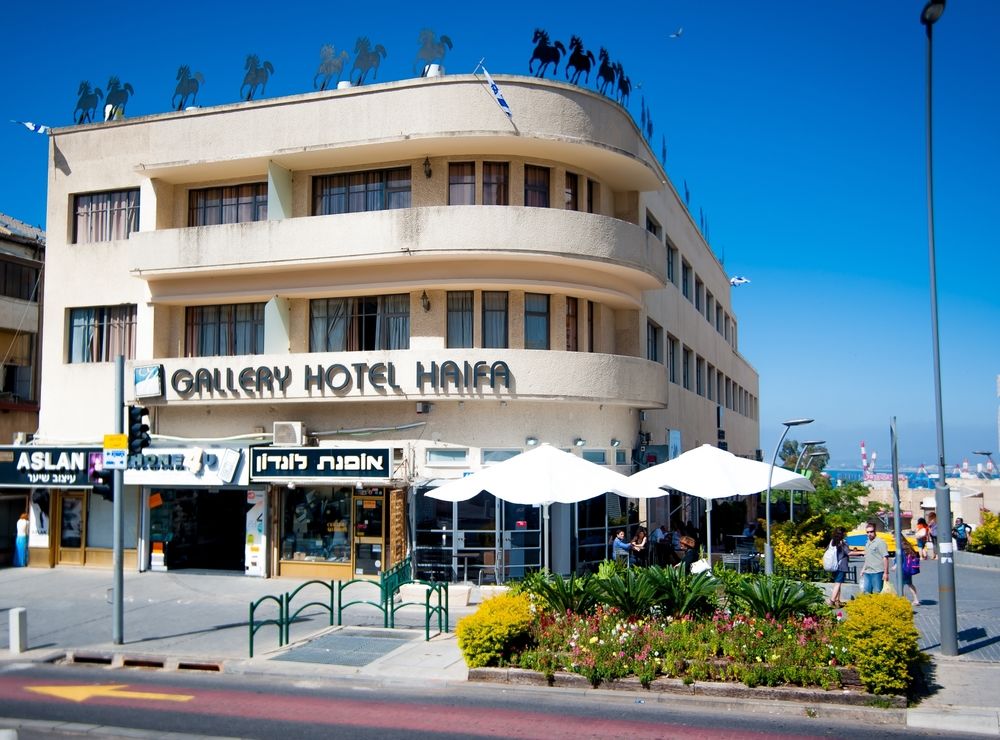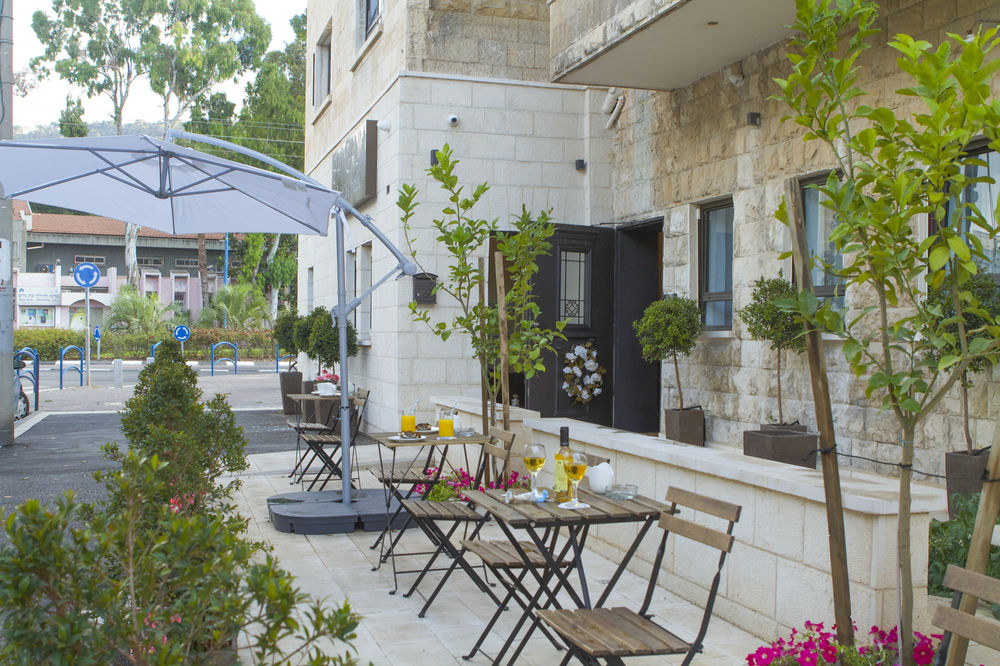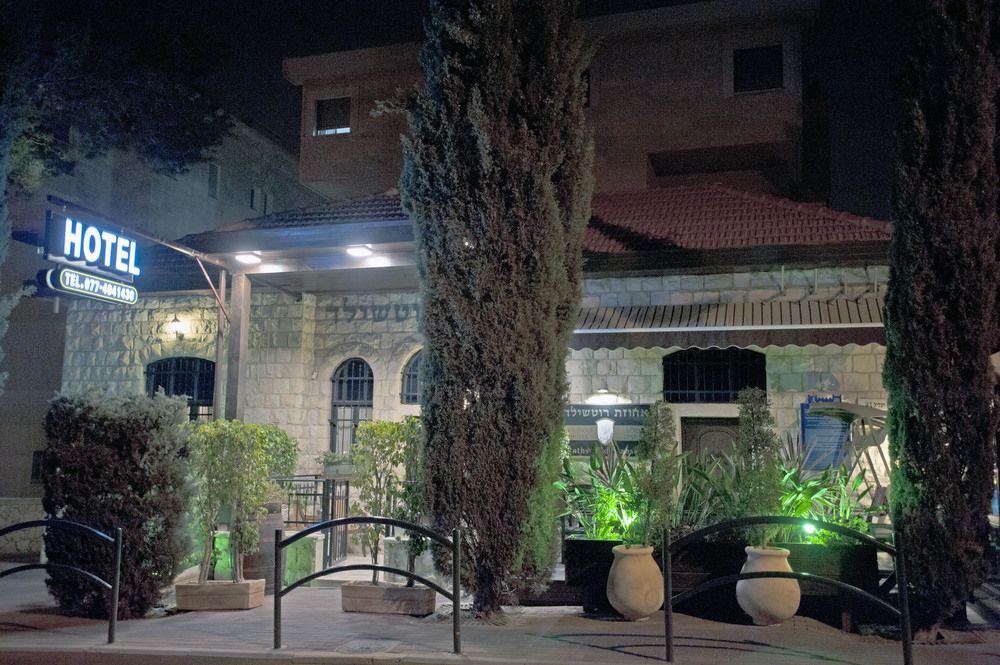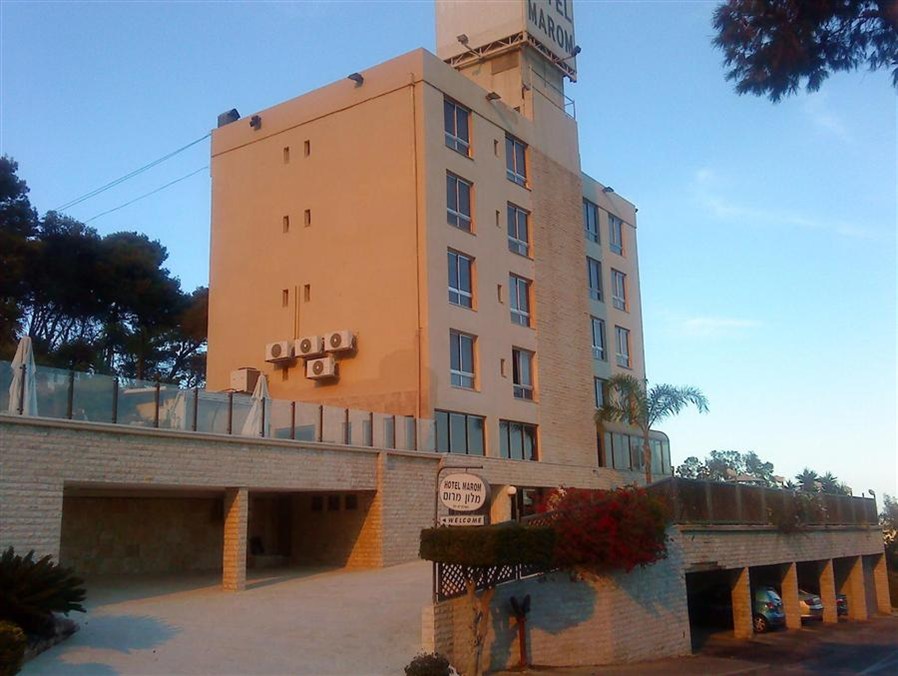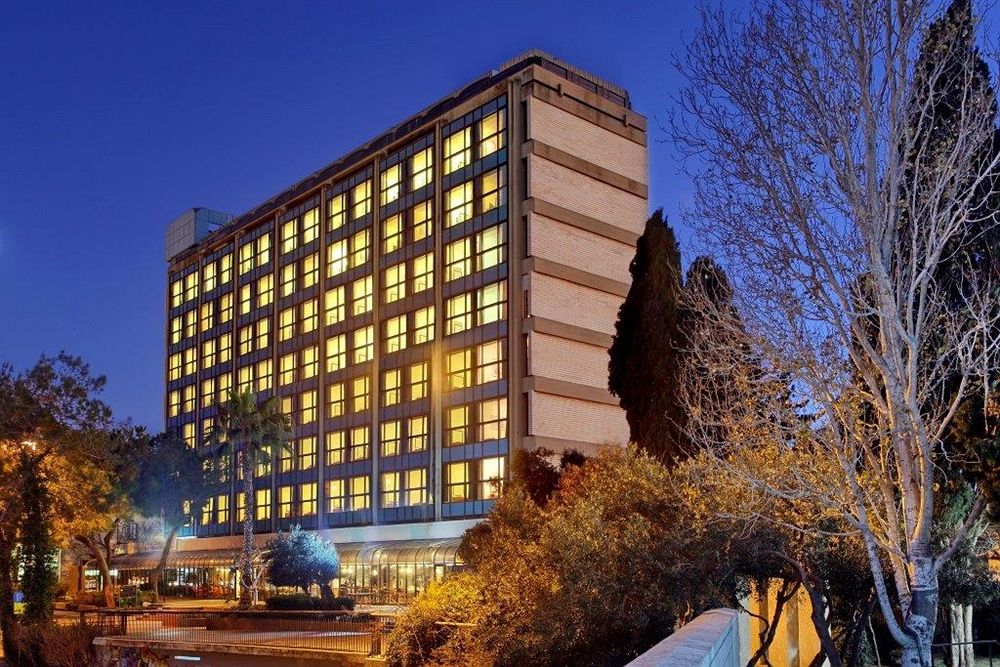
Find hotels in Haifa
Lowest prices detected by AI for hotels
Best
Cheapest
Star Ratings
AI Recommended
Best Hotels In Haifa
Cheapest Hotel Deals in Haifa
Top Rated Hotels
5 Star Hotels in Haifa
4 Star Hotels in Haifa
3 Star Hotels in Haifa
AI-recommended Destinations
Where to stay in Haifa
More About Haifa
“Mount Carmel from the Bible”
Haifa (Hebrew: חֵיפָה Hefa [χei̯ˈfa, ˈχai̯fa]; Arabic: حيفا ḥayfa) is the third-largest city in Israel – after Jerusalem and Tel Aviv– with a population of 281,087 in 2017. The city of Haifa forms part of the Haifa metropolitan area, the second- or third-most populous metropolitan area in Israel. It is home to the Bahá'í World Centre, a UNESCO World Heritage Site and a destination for Bahá'í pilgrims.Built on the slopes of Mount Carmel, the settlement has a history spanning more than 3,000 years. The earliest known settlement in the vicinity was Tell Abu Hawam, a small port city established in the Late Bronze Age (14th century BCE). In the 3rd century CE, Haifa was known as a dye-making center. Over the millennia, the city has changed hands: being conquered and ruled by the Canaanites, Israelites, Phoenicians, Persians, Hasmoneans, Romans, Byzantines, Arabs, Crusaders, Ottomans, and the British. Since the establishment of the State of Israel in 1948, the Haifa Municipality has governed the city.
As of 2016, the city is a major seaport located on Israel's Mediterranean coastline in the Bay of Haifa covering 63.7 square kilometres (24.6 sq mi). It lies about 90 kilometres (56 mi) north of Tel Aviv and is the major regional center of northern Israel. According to researcher Jonathan Kis-Lev, Haifa is considered a relative haven for coexistence between Jews and Arabs. Two respected academic institutions, the University of Haifa and the Technion, are located in Haifa, in addition to the largest k-12 school in Israel, the Hebrew Reali School. The city plays an important role in Israel's economy. It is home to Matam, one of the oldest and largest high-tech parks in the country; Haifa also owns the only underground rapid transit system located in Israel, known as The Carmelit. Haifa Bay is a center of heavy industry, petroleum refining and chemical processing. Haifa formerly functioned as the western terminus of an oil pipeline from Iraq via Jordan.
 Time UTC+03
Time UTC+03 Currency ILS
Currency ILS Languages Hebrew, Arabic, English
Languages Hebrew, Arabic, EnglishWhat’s Special about Staypia?
Compare hotel prices in real-time
AI finds you the lowest price for hotels in Haifa.
Lowest price for 3.16M hotels worldwide
Book with up to 31% extra discounts only for Staypia members.
Travel bucket list for Haifa
Plan your trip with over 17K 'must see' recommendations for Haifa
Frequently Asked Questions
The best 5 star hotels in Haifa are Leonardo Plaza Haifa, Dan Panorama Haifa Hotel, Dan Carmel Haifa. Search for the most highly rated hotels in Haifa
Generally, room reservations are subject to a free refund until the cancellation deadline. Fees may apply after the cancellation deadline, so please check the cancellation deadline on your hotel voucher or in Menu > My Reservation.
If you’re a frequent traveler, Staypia is the best place to get the best hotel deals. You can book hotels with the lowest price of 3.16 million hotels collected by AI, and receive additional discounts for members only.

